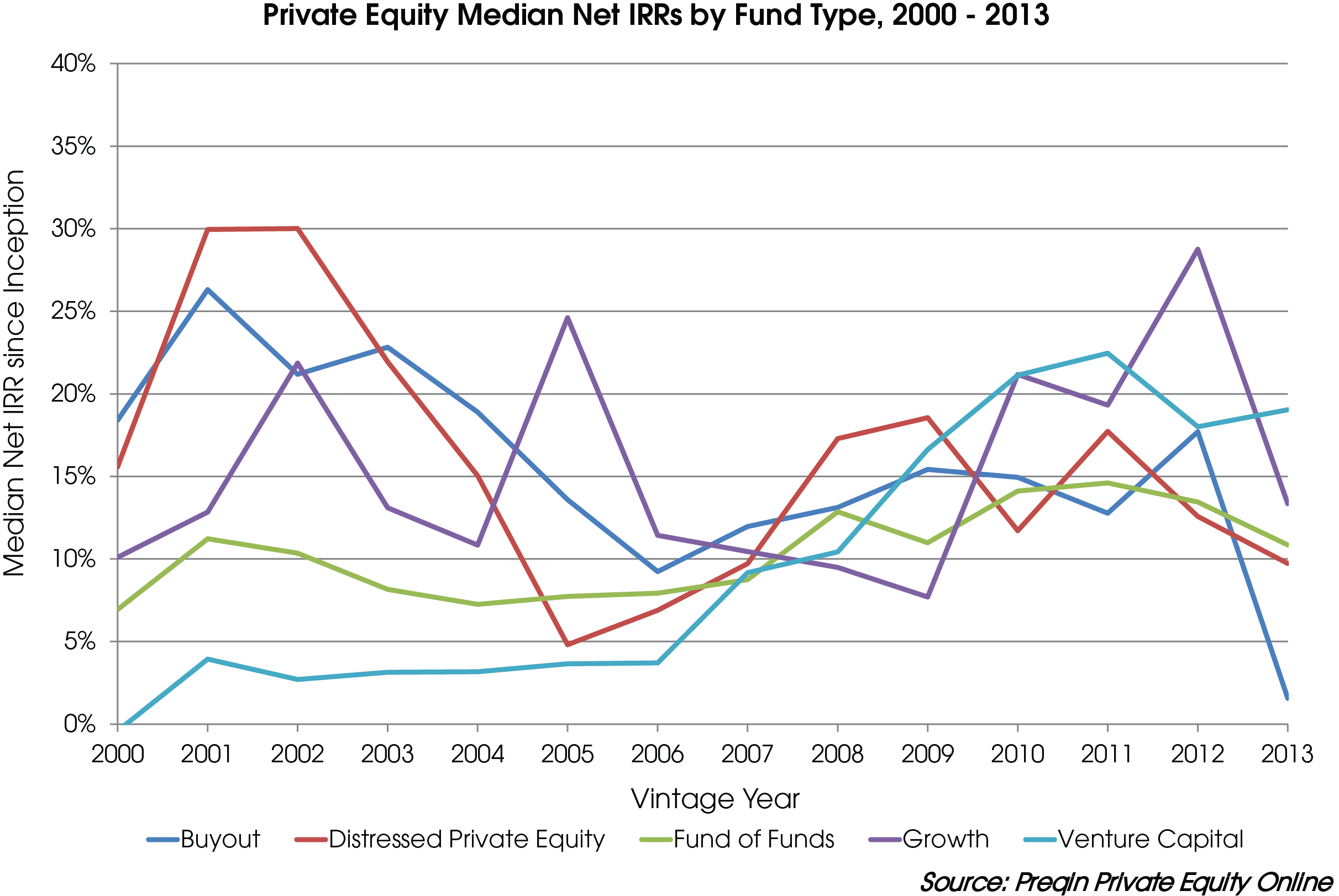


Types of investor typically include institutions such as pension funds, endowment plans, foundations, and insurance companies, as well as high-net-worth individuals. The investor, or limited partner (LP), which commits capital to the fund, but has no influence over investment decisions.The fund manager, or general partner (GP), whose role is to raise capital from investors, and to source, execute, and manage investments in order to realize returns for the investors in a fund.These vehicles are organized as a limited partnership, with two key parties: Most private capital funds are structured as closed-end investment vehicles, which have a finite lifespan and typically do not allow redemptions or the entry of additional investors after the initial fundraising period. Fund managers use this pooled capital to invest in companies or assets. PE firms are perhaps best known for leveraged buyouts, investing in formerly successful companies on a downward trajectory and selling them after restructuring. In a commingled fund structure, fund managers raise pools of capital from multiple external investors to form a fund. Private equity firms traditionally invest in more established companies than venture capital firms. In this section, we are going to explore the most common fund structure: the 'commingled fund.' The intention is to secure strong returns on behalf of their investors over a pre-determined lifetime. The nature, size, and structure of investments in private capital can vary significantly, but generally funds are seeking to create value or support growth of the companies and assets in which they invest. They will often contribute to business strategy and can play a part in directly managing assets. Over time these categories of investment have institutionalized to become independent asset classes in their own right.Īs discussed in Lesson 1: What Are Alternative Assets?compared to public markets, private capital fund managers typically take a more active role in the management of the companies and assets in which they invest. As private equity investments became more prevalent, new categories of private investment also emerged, with a growing number of private equity funds targeting opportunities in real estate, infrastructure, and – most notably since the Global Financial Crisis (GFC) in 2008 – debt. While private equity as an asset class has a relatively long history (discussed in detail in Lesson 4), the industry only became mainstream in the past three decades, after a boom in leveraged buyouts in the 1980s. The various asset classes that now comprise private capital originally emerged as an offshoot of private equity.


 0 kommentar(er)
0 kommentar(er)
